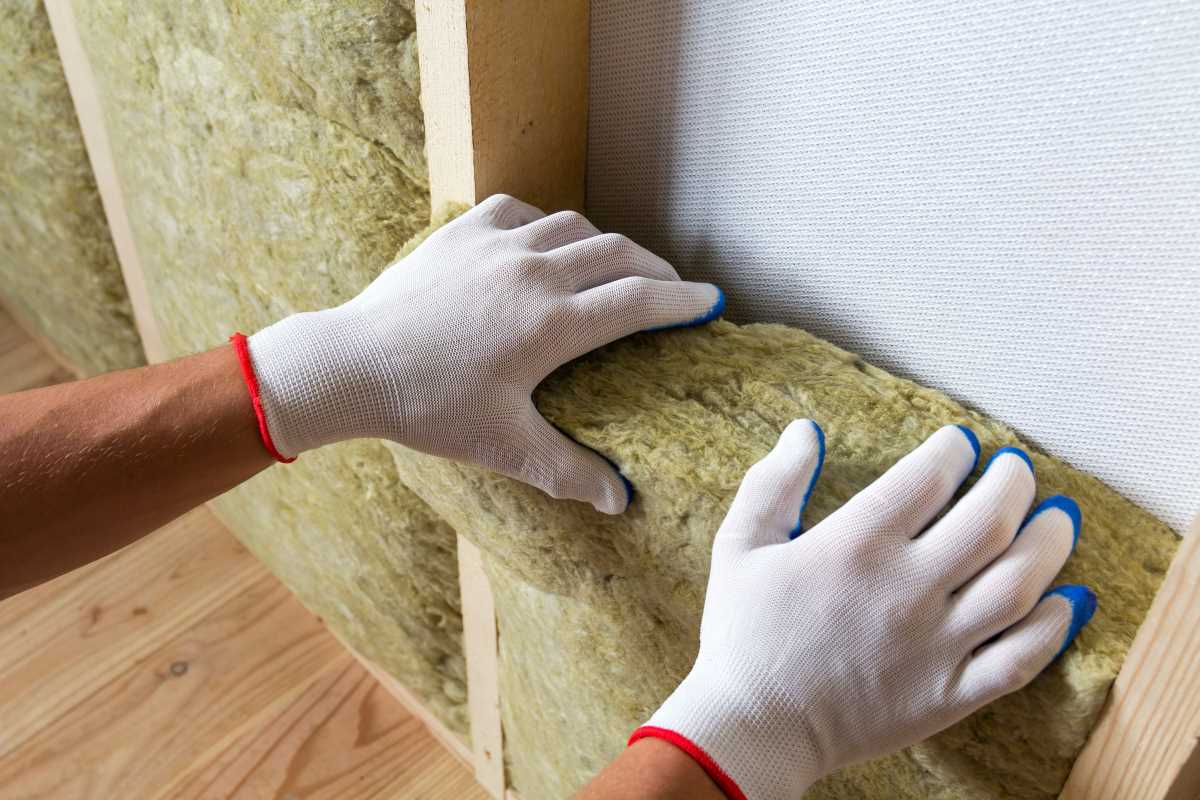Owning an old home can be a rewarding experience filled with character and charm, but it also comes with its own set of challenges. From outdated electrical systems to less-than-perfect plumbing, older homes often need a touch of modernization to meet today's comfort and efficiency standards. If you're looking to breathe new life into your vintage abode without losing its unique appeal, here are some essential tips to guide your home improvement efforts. These suggestions will help you prioritize renovations, enhance functionality, and preserve the historical integrity of your beloved home.
Update the Plumbing and Electrical Systems
One of the first areas to address in any old home is the plumbing and electrical systems. Outdated systems are not only inefficient but can also pose safety hazards. Consider hiring a professional to inspect and replace old wiring and plumbing. Upgrading these systems can prevent potential damage and bring your home up to current standards.
Additionally, modern electrical systems can handle more appliances and are more energy-efficient, which can significantly lower your utility bills. Similarly, updating your plumbing with new fixtures and pipes will improve water pressure and quality, adding to your home's overall functionality and value.
Enhance Insulation and Ventilation
Improving insulation is crucial in older homes, which often lack adequate insulation compared to newer constructions. Adding insulation to the attic, walls, and floors can dramatically increase energy efficiency and comfort. This upgrade helps maintain a consistent indoor temperature, reducing the strain on heating and cooling systems and lowering energy costs.
Don't forget about ventilation, especially if you're tightening up the home's insulation. Proper ventilation is essential to avoid moisture problems, which can lead to mold and mildew. Consider adding modern ventilation systems like bathroom fans, kitchen exhaust fans, and an updated HVAC system with built-in humidifiers and dehumidifiers.
Restore Original Flooring
Many old homes hide beautiful hardwood floors underneath carpets or linoleum, which were popular in past decades. Restoring these floors can significantly enhance the home's aesthetic appeal and increase its market value. Hardwood floors are durable, easier to clean, and hypoallergenic compared to carpeting.
If the original flooring is too damaged to restore, consider replacing it with new hardwood or another high-quality flooring that complements the style of the home. Choose materials that maintain the home's character while offering durability and ease of maintenance.
Update the Kitchen and Bathroom
The kitchen and bathroom are key areas that can make or break the functionality of an old home. Modernizing these spaces can greatly improve your living experience. Start by upgrading major appliances to energy-efficient models, which offer better performance and lower operating costs. Replace old cabinetry and countertops with durable materials that match the era of the home if you wish to maintain a historical look.
In bathrooms, consider installing new fixtures like toilets, sinks, and showers that conserve water. These updates not only improve the appearance and usability of these spaces but also add to the overall efficiency of your home.
Enhance Natural Light
Old homes often feature smaller, less frequent windows than modern houses, leading to darker interiors. Increasing natural light can make your home feel more spacious and welcoming. Consider enlarging existing windows or adding skylights, especially in darker areas like hallways and bathrooms.
When modifying windows, opt for energy-efficient models that provide better insulation. This allows you to enjoy increased natural light without compromising on temperature control or energy usage.
Preserve Architectural Details
One of the joys of an old home is its unique architectural details, such as moldings, built-ins, and fireplaces. Preserve and restore these features wherever possible to maintain the home's historic charm and character. If features are damaged beyond repair, look for replicas or custom pieces that match the original style.
Maintaining these details can significantly impact the aesthetics of your home and can be a selling point if you ever decide to move.







